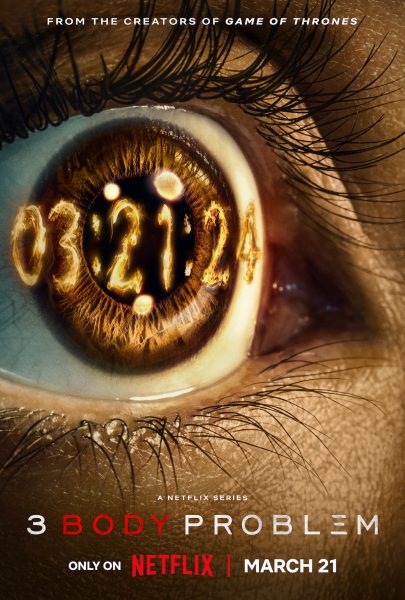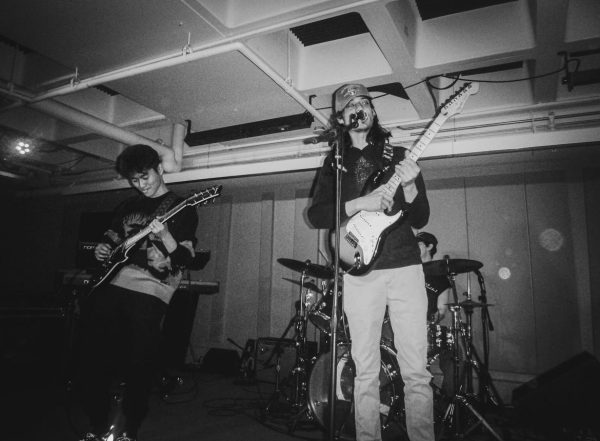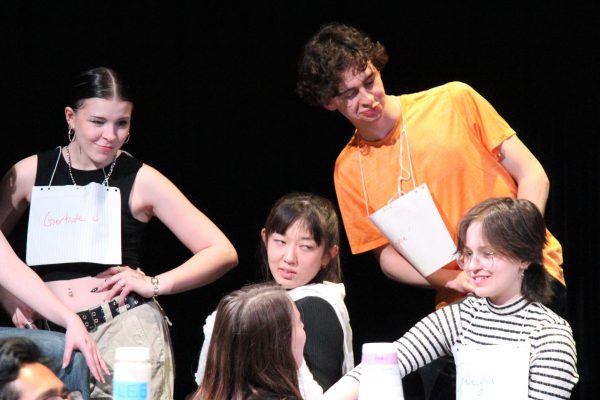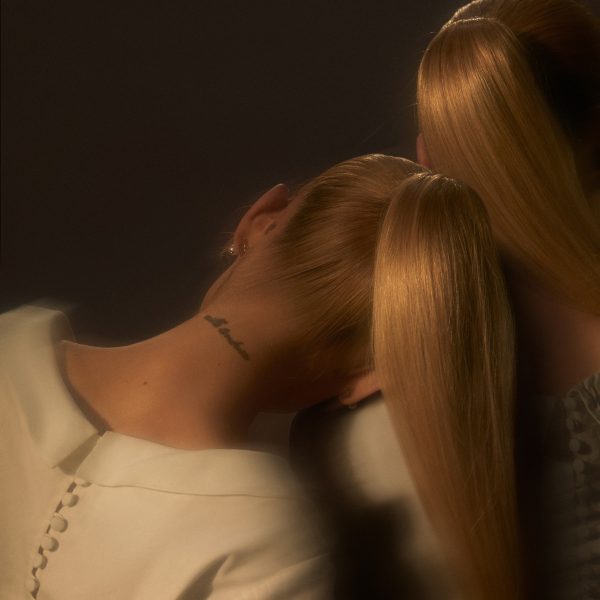English professor talks of addiction in novel
January 17, 2014
As a doctoral student in English and American Literature at Johns Hopkins, Michael Clune lived a double life. To those who knew him professionally, Clune was an academic. To a few others in his life, Clune was a heroin addict.
As an addict, Clune says, there were two types of reality: what was actually going on and his personal, skewed sense of reality. Clune has scrutinized every memory from that time period in order to write his memoir, “White Out,” about his life as an addict. While writing, Clune would show passages of his book to people in his life to fact-check the events. The memoir was published earlier this year.
Clune said he wouldn’t have thought about writing a book about his addiction without having been clean for a substantial period of time. Clune alluded that a newly clean perspective would have incorporated aspects of his previously distorted reality. Clune began writing in 2006, four years after quitting, but set the project aside. The temporal distance added not only a narrator inline with the world, but also a narrator who has made sense of his past. Clune likened recovery to grieving; he had to go through the process of fitting pieces together into a narrative of his former self.
Piecing together the narrative proved difficult. At first, Clune used the familiar, academic style. Something was missing.
“Academic style is good at telling you what you know,” Clune said, but it didn’t allow him to tease emotion of those experiences.
Clune switched to creatively writing about past experiences with the intent of capturing how addiction felt. Literary language, he said, captures the mental state in a way that academic writing cannot. While writing innovatively, there is a subconscious exploratory process that allowed him to better explain the sensory experience of addiction.
For example, Clune said, think about hearing your favorite song for the first time. Specific images, like white powder for Clune, trigger that same feeling of excitement. For most of us, that favorite song gets less exciting the more frequently it blasts through the radio. But, according to Clune, that sensation of exhilaration never dulls when an addict sees triggering images. This type of metaphor, Clune says, would have been unable to carry the same weight in academic writing.
The next literary challenge Clune faced was to depict the split reality in a way that the reader can relate to. Experimenting with various tones, Clune tried tragedy. “In a weird way, the tragic tone is selfish, it’s egocentric,” he says. The self-centered tone would depict the narration with a “Look at what I had to deal with” feeling. A tragic tone, Clune says, is inept at capturing the ridiculousness of his life as heroin user.
What worked, Clune said, was dark humor, which depicts absurdity. The bleak playfulness exposes the gap between Clune’s then-perception of events and what was actually happening: “White Out” tells of a time Clune went to teach a class with a black eye and blood on his notes, fresh from a fight with a drug dealer. Once there, his fabricated tale, free of white-topped vials and thugs, coercers his students to believe their teaching assistant is a hero. The moment doesn’t lose its poignancy, yet the bizarre—cry for help?—remains amusing.
After coming clean, Clune struggled to maintain creative thinking without drugs. Creative thinkers, Clune said, are often on the periphery. The distance from a society’s “normal” gives the artist a perspective from which to create. Now, Clune uses different methods of interrupting the habits of the mind, which, Clune hints, inhibit creativity. To “wrench the mind out of a rut,” Clune does unguided meditation and “avidly [devours]” art and literature, in order to expose his mind to different angles.
Being open about his addiction, Clune said, hasn’t hurt him professionally. Instead, his creative endeavors opened a number of opportunities. Uncovering the grip of triggering images while writing “White Out,” Clune looked toward neuroscience research. Permanent novelty has already been the topic of neuroscience research. But, the sensation of newness has not been linked to triggering images in addiction research. Clune breached the subject of novelty in addiction with teams of neuroscience researchers at the University of Michigan and University of Nebraska—Lincoln. The researchers also gave him clues, Clune said, where his writing might uncover other neuroscience phenomena as it relates to addiction. This dialogue prompted Clune to write a literature review on permanent novelty and triggering images for a prominent neuroscience journal. The interplay between creative discovery and academic feasibility interests him, Clune said, and is something he will continue to pursue.


















